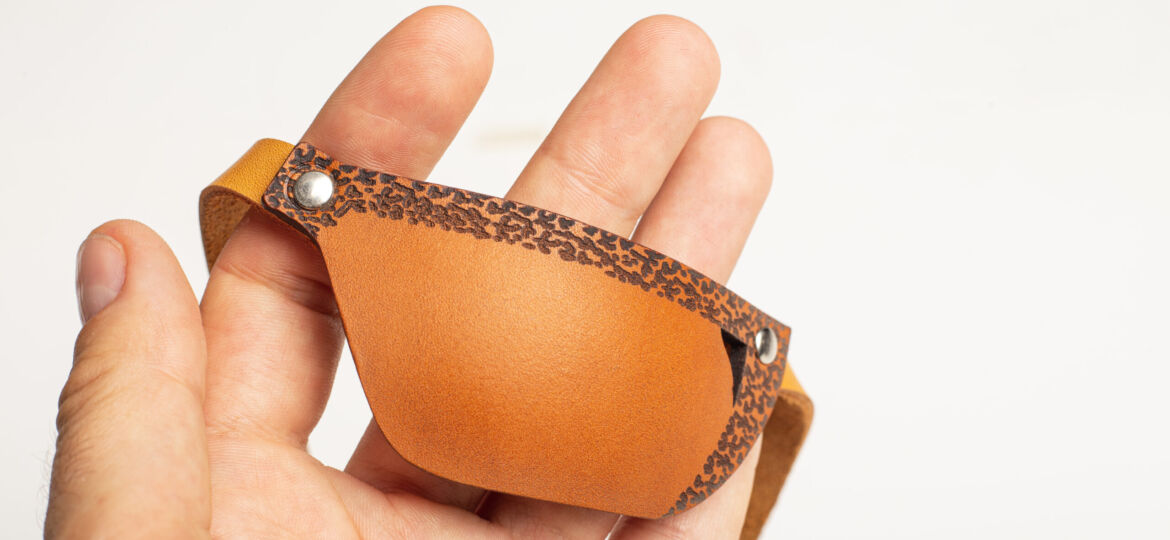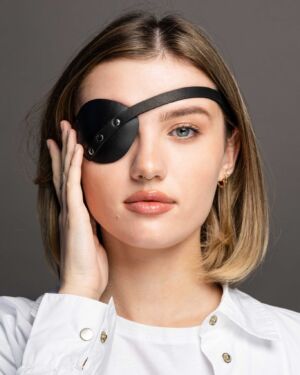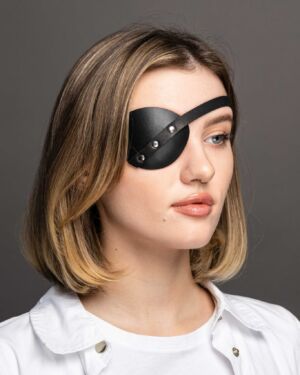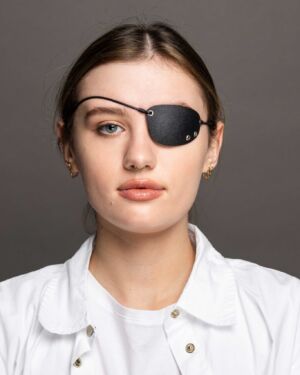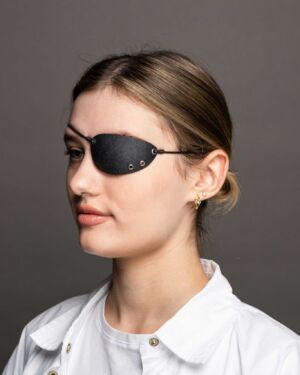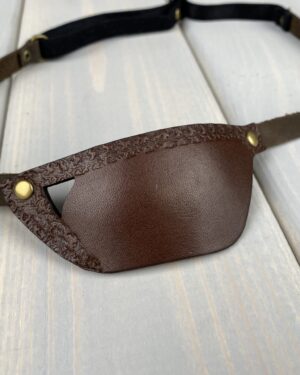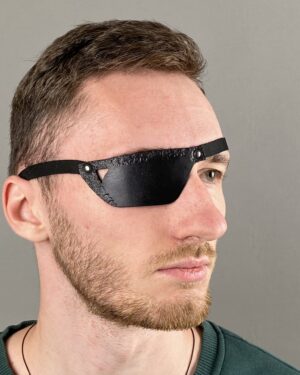Amblyopia, often termed “lazy eye,” is more than just an eye that appears not to focus with its partner; it’s a neurological condition affecting the visual system, with a prevalence of about 2-3% among children. It’s a developmental issue where the brain and the affected eye are not in sync, leading to reduced vision in that eye.
Imagine your brain as a high-tech office, and each eye is like an employee sending in reports. If one employee starts slacking (the lazy eye), sending blurry or unclear reports, the brain (the boss) might start relying more heavily on the better-performing employee (the stronger eye). Over time, the brain may ignore the inputs from the lazy eye altogether, and this neglect can lead to permanent vision impairment if not addressed early.
What causes this? There are several players involved:
- Strabismus: This is when the eyes don’t align properly. One eye may turn in, out, up, or down, away from the target they’re supposed to be focusing on
- Refractive Amblyopia: A significant difference in prescription between the two eyes, maybe one eye is far-sighted, or near-sighted, or has astigmatism, and the other doesn’t.
- Deprivation Amblyopia: This occurs when something blocks light from entering and being focused in a baby’s eye, like a cataract.

Now, what can be done about it?
The treatment for amblyopia is essentially a form of training the brain to start considering the reports from the weaker eye again. Here’s what the training might involve:
Corrective Eyewear: Glasses or contact lenses are the first line of defense. They ensure that the images the lazy eye sends to the brain are as clear as possible.
Patching: By covering the good eye with a patch, the lazy eye is forced into use, strengthening its connection to the brain. Think of it as putting the stronger employee on leave to give the underperformer a chance to step up.
Atropine Eye Drops: These drops blur the vision in the good eye, again forcing the lazy eye to work harder.
Vision Therapy: These are exercises, often resembling games or tasks, that help both eyes work together as a team.
Surgery: In cases where there’s a physical problem, like a cataract or a significant strabismus, surgical intervention might be necessary.
Now, what about eye patches?
They aren’t a mainstream treatment for amblyopia, but the concept is akin to patching. An eyecup is a device that fits snugly over the orbit of the eye. If used on the good eye, it could theoretically force the brain to use the weaker eye more, similar to how an eye patch would work.
It’s crucial to understand that the window for treating amblyopia is limited. The brain’s plasticity, or ability to change, decreases as we age. Treatment is most effective during childhood, ideally before the age of 8.
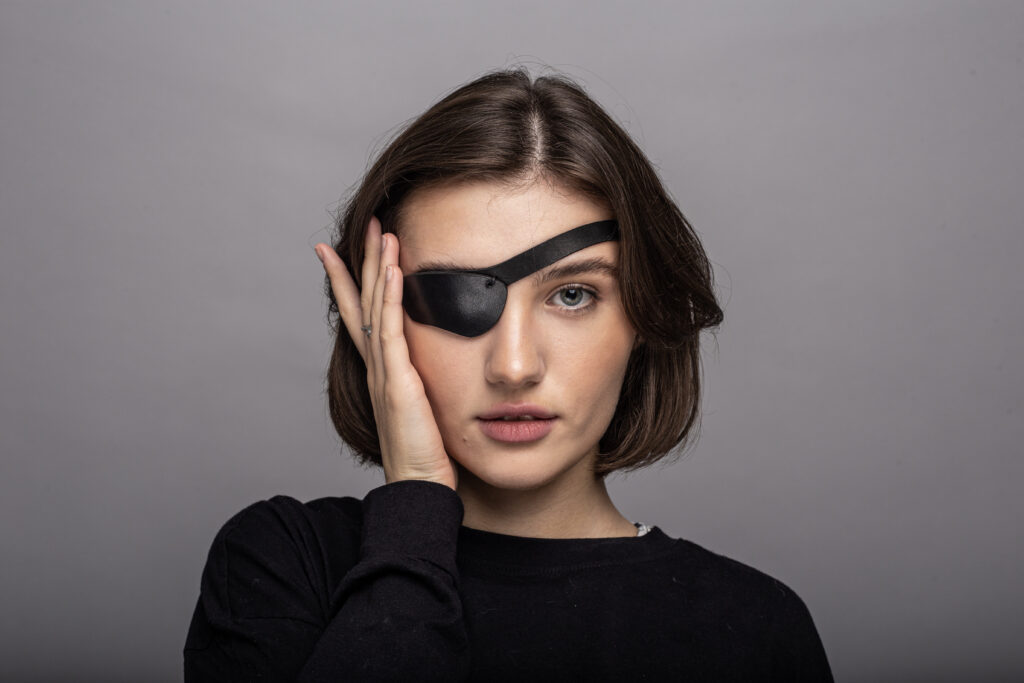
In summary, “lazy eye” is a condition where early detection and treatment can mean the difference between a lifetime of poor vision in one eye or the ability to see clearly with both eyes. If you suspect your child may have amblyopia, or if it runs in your family, it’s important to have them see an eye care professional as soon as possible. Remember, with amblyopia, the sooner the treatment starts, the better the chances of recovery.


